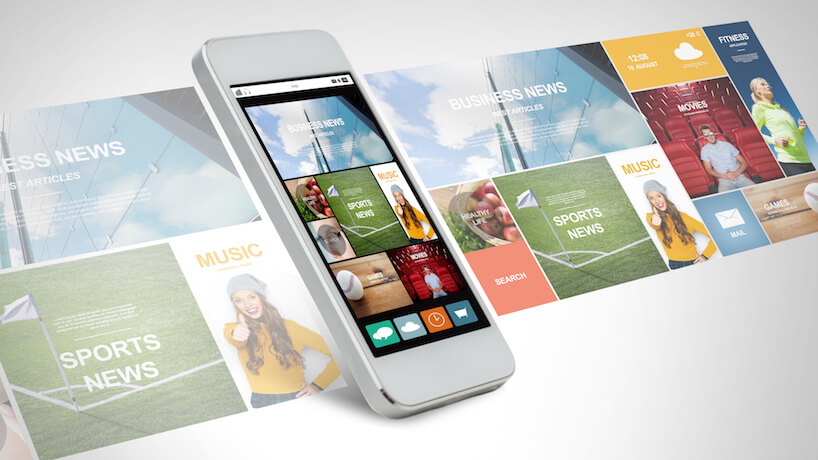For three or four days each year, attendees spend plenty of time with your event’s mobile app. After the program ends, though, it most likely goes into hibernation. Some attendees may go one step further and uninstall the app. For event organizers, it hasn’t seemed like a big deal; if attendees use it on-site, the app has accomplished its primary objective. However, a recent report from eMarketer highlights that every organization should be thinking about how to get attendees to keep opening those apps on a regular basis. Over the next two years, U.S. adults will spend nearly 20 additional minutes each day consuming content on mobile apps. Their time spent browsing for videos and articles via mobile web will only increase by a paltry one minute.
By 2019, the average adult will spend nearly three hours on mobile apps each day. The majority of these apps will be digital giants like Facebook, Twitter, Spotify, or a range of gaming apps. While an event app isn’t going to replace browsing social media, listening to music, or playing games, the eMarketer data reveals that mobile apps represent one of the primary pathways to your attendees’ eyeballs. With that in mind, I caught up with Bob Vaez, CEO of Toronto-based EventMobi, for insights into how organizers can develop apps that do more than satisfy on-site essentials. Vaez acknowledged that encouraging attendees of “open” events such as specialty conferences or consumer shows to use apps throughout the year is quite challenging. “On the other hand, attendees of internal corporate events, or annual general meetings by associations already have existing attachment to the organization and other attendees,” Vaez said. “The opportunity to keep attendees engaged pre- and post-event with the event app is huge, but the solution is not a basic event app by itself.”
MORE: How SXSW Used a Chatbot to Enhance the App Experience
Vaez said that the event app should be part of an association app, or it should evolve to become a year-round engagement app with new features that deliver more content and more abilities to connect with other members. For example, rather than pushing people to LinkedIn or another online networking platform, the app can function as a place where attendees can continue the conversation with connections they made at the event.
In addition to networking, the app should be the central place to revisit educational materials once attendees are back in their offices. “Uploading presentations for all the sessions after the event has ended can easily provide a sticky reason for attendees to keep the app and continue to use it as a resource and share the content with others [who were] unable to attend the conference,” Vaez said.
Apps can take a cue from Facebook, Instagram, and the range of social apps that capture so much attention, too. “Events are about memorable and fun experiences, and nothing preserves these better than pictures and videos,” Vaez said. “An opportunity for attendees to go back to the app and relive that experience and potentially even find themselves in those pictures is a great motivation for attendees to want to spend time with the app after the conference has ended.”
Have you made any changes to your app to extend its lifespan after a conference or event? Go to Catalyst to share your thoughts.

